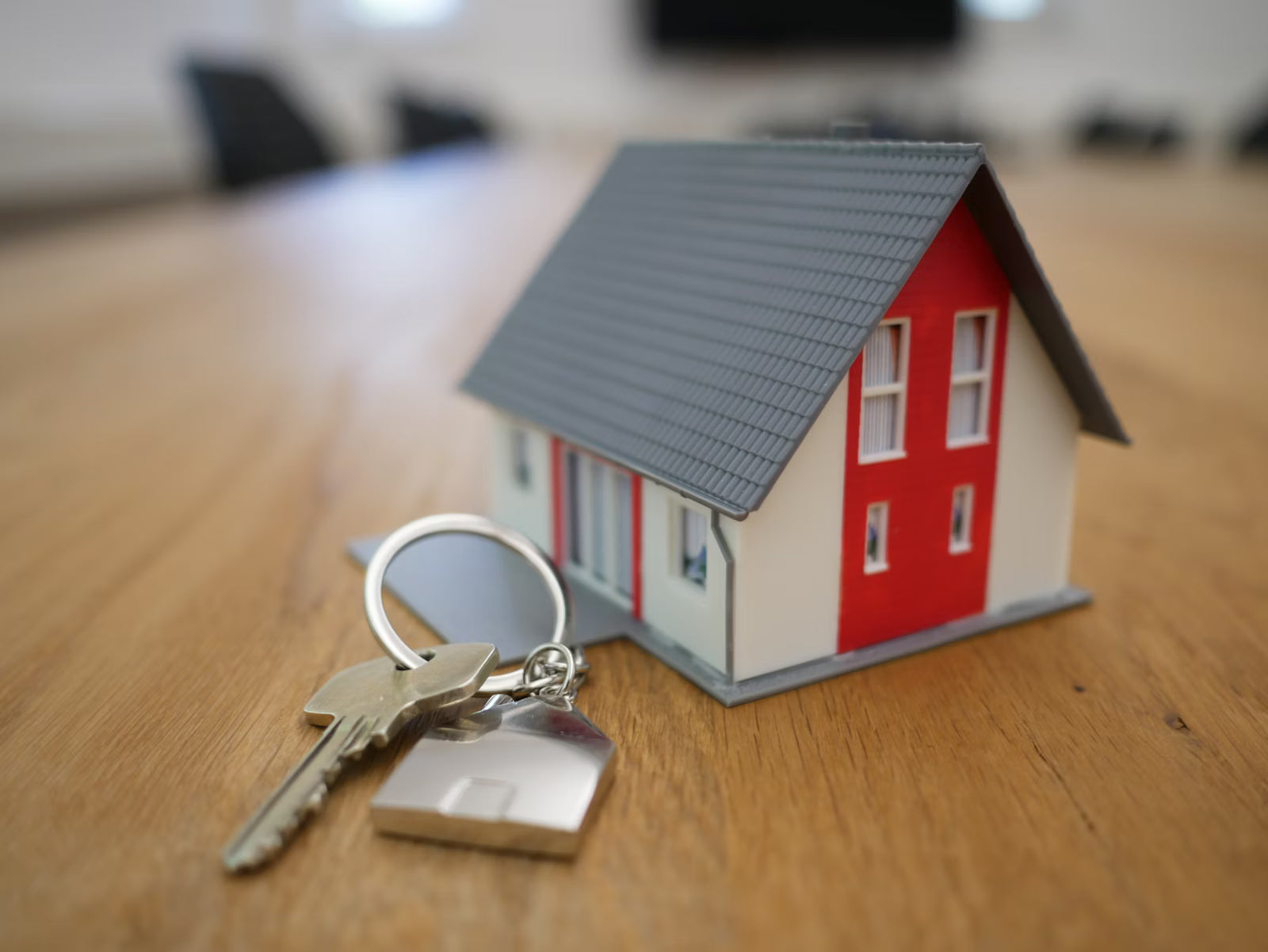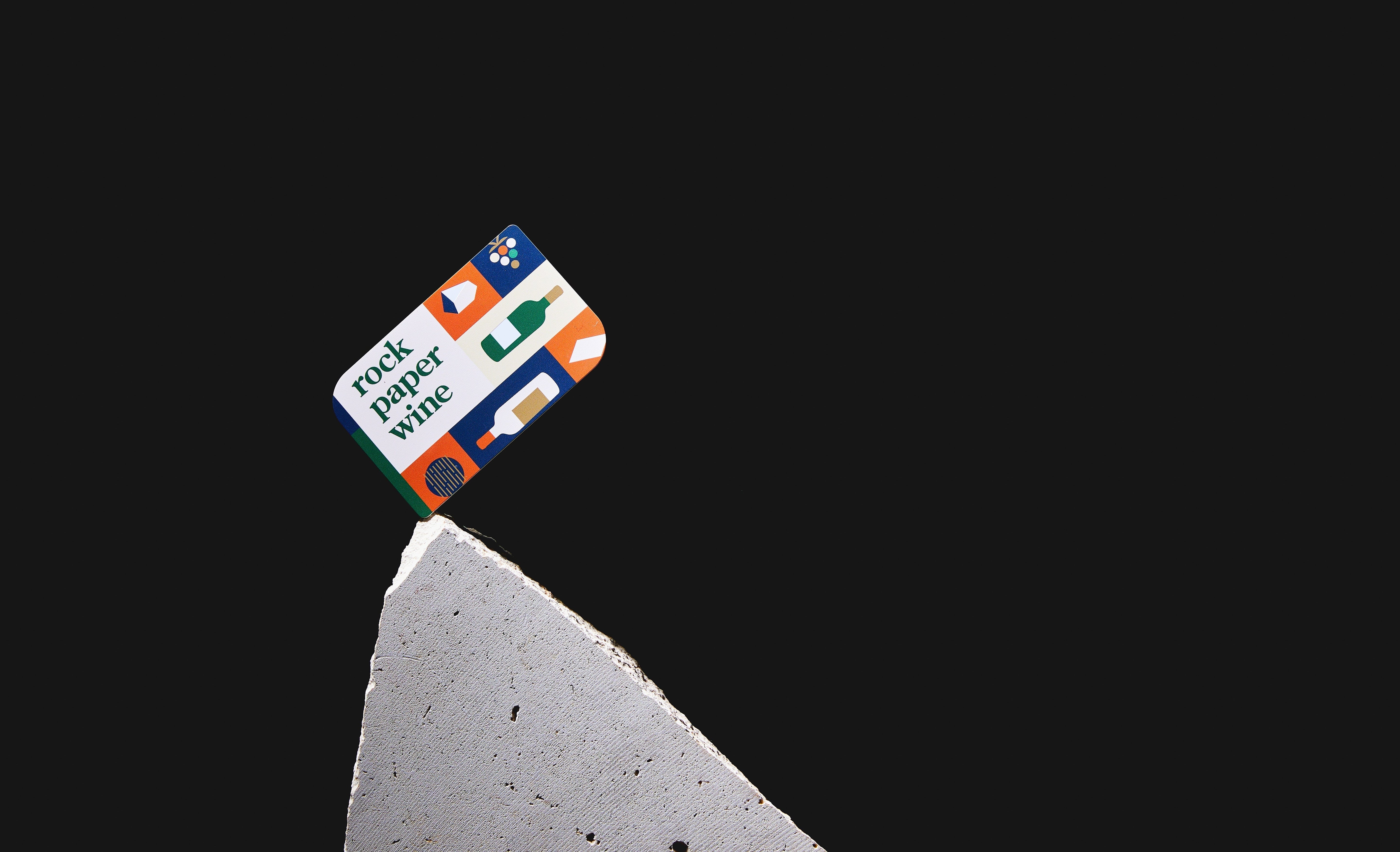In a world increasingly shaped by fast communication and mobile-first behaviour, the way we network has fundamentally changed. Traditional business cards, once considered an essential part of every professional’s toolkit, no longer meet the expectations of the modern workplace. Their static format, reliance on physical exchange, and lack of interactivity make them less relevant in today’s digitally driven environments.
This is where digital business cards come in. They offer a seamless, updated, and much more dynamic approach to sharing contact information and professional identity. These tools are not only more efficient, they reflect the realities of how people connect and do business in the current era.
For those still handing out printed cards, the shift might feel unfamiliar, but the benefits are clear and far-reaching. Upgrading your business card to a digital format is more than just a tech-forward choice. It is a strategic move that improves accessibility, visibility, and engagement.
Let us explore why now is the right time to embrace the digital alternative.
First impressions are increasingly shaped by technology
In today’s professional landscape, the first impression is often digital. A contact might search your name online or receive your profile through a quick scan or tap. This means that what they see in those first few seconds matters. A traditional business card, no matter how well designed, is inherently limited. It offers no interaction, no context beyond your name and title, and often no follow-up mechanism.

A digital business card changes that experience entirely. Instead of simply handing over your name and number, you are delivering a complete digital presence. This can include links to your website, social platforms, portfolio, and even introductory videos or scheduling tools. It becomes a conversation starter, not just a printed afterthought.
Moreover, because digital cards are designed to integrate with the devices people already use, they fit more naturally into modern communication flows. With a single action, a potential client or collaborator can store your contact information directly into their phone or CRM system. The exchange feels more aligned with how business is conducted today.
Your details change. Your business card should too
Few things stay the same in modern careers. Job titles change, email addresses are updated, branding is refreshed, and people move between roles and industries with increasing frequency. Yet with paper business cards, any change renders your entire batch obsolete. This is not just wasteful, it is inefficient and often leads to miscommunication.
A NFC business card eliminates this issue by giving you full control over your information at any time. Need to change your job title after a promotion? You can do so in minutes. Rebranded your business or launched a new service? Update your card and every person you meet from that moment forward will see the latest version of your professional identity.
This level of flexibility is not simply convenient. It is essential in fast-paced environments where agility and accuracy define your professional reputation. You are no longer limited by the constraints of print. Instead, you are always ready with the most accurate version of who you are and what you offer.
Efficiency in professional settings
Carrying around a wallet or bag filled with physical business cards used to be a necessary inconvenience. Today, it feels increasingly outdated. Professionals are constantly on the move, attending virtual meetings, collaborating across borders, and managing relationships through digital platforms. In that context, physical cards create unnecessary friction.
Digital business cards are stored on the devices that professionals already rely on. Whether on a smartphone, tablet, or smartwatch, they are immediately accessible and easy to share. No more searching through bags, refilling stacks, or apologising for running out. You are prepared at all times, with no added effort.
Furthermore, digital cards can be shared remotely. This is particularly valuable in a hybrid or remote-first work environment. Whether meeting someone online or following up after a call, you can send your digital business card in seconds, complete with links and context that paper simply cannot provide.
This instant, location-independent sharing reflects the needs of the modern workforce. It shows that you value the time of those you meet and are committed to providing useful, usable information.
Digital cards are designed to be used, not forgotten
One of the major drawbacks of traditional business cards is that they often fail to convert a moment of connection into meaningful engagement. Even beautifully designed cards frequently end up misplaced, forgotten, or discarded. In contrast, digital business cards are interactive by nature, making them significantly more useful beyond the initial exchange.
When someone receives a digital card, they are not simply taking home a piece of paper. They are gaining access to your complete professional ecosystem. From there, they can click through to your website, book a consultation, follow your social media channels, or watch your introduction video. This kind of interaction builds momentum after the meeting, keeping the relationship warm and increasing the likelihood of future engagement.
You are no longer hoping someone remembers to follow up. You are guiding them to the next step.
Additionally, many digital business card platforms offer tracking and analytics. You can see who opened your card, which links they clicked, and how they interacted with your content. This data is invaluable for professionals in sales, consulting, or client-facing roles. It provides insights that traditional networking simply cannot offer.
Your brand deserves more than a name and a phone number
In the world of modern business, brand identity is everything. It is not just how your company or personal services are perceived, but how consistently and clearly that identity is communicated across all touchpoints. Business cards are no exception. In fact, they are often one of the first tangible or digital representations of your brand that a potential client or collaborator encounters.
Traditional business cards limit what you can say and show. They generally contain a logo, your name, a job title, a phone number, and possibly a web address. That might have been impressive in the 1990s. Today, it reads more like a placeholder than a pitch. It offers no interactivity, no personality, and certainly no depth.
Digital business cards, by contrast, open up a world of possibilities. They allow you to present yourself as more than a list of credentials. You can link to your website or portfolio, embed a short brand video, connect to social profiles, include a downloadable media kit, and even share real-time updates like a product launch or a newly published article. All of this adds layers to your identity that cannot be communicated on paper.
The importance of consistent branding across digital platforms cannot be overstated. If your website uses a clean, minimalist layout with muted tones, and your LinkedIn banner follows the same style, your business card should not feel like a dated afterthought with bold fonts and stock colours. A digital card allows full brand alignment. You can match your typeface, use your actual brand colour palette, and even include branded visuals or tone-consistent messaging that feels authentic and thoughtful.

This is particularly important for professionals working in marketing, design, consulting, and other image-conscious industries. For them, the way they present themselves often says as much about their expertise as their résumé. But it is also just as useful for entrepreneurs, executives, and even employees who want to showcase initiative and professionalism.
Imagine you meet a potential client at a conference. Instead of handing over a card and hoping they remember to visit your site later, you send them your digital business card on the spot. They open it, click a link to your case studies, watch a 30-second explainer video, and follow your business profile on Instagram or LinkedIn. You have instantly introduced them to your full digital presence, not just a fragment of it. And if you update your content later that week, the card reflects those changes the next time they view it.
Sustainability is becoming non-negotiable in professional tools
Across industries, sustainability has become a key consideration when selecting tools, platforms, and partnerships. From how businesses source materials to how professionals choose their technology, environmental impact now plays a central role. And in this context, traditional business cards fall short — both literally and figuratively.
![]()
Let us start with the obvious. Printed business cards require paper, ink, and packaging. They are typically produced in bulk, which means overprinting is common and waste is inevitable. Many of them are used once and thrown away. Others are forgotten in drawers, left behind at events, or lost in transit. The carbon footprint of this seemingly small item can be surprisingly high when you account for design, shipping, reprinting, and disposal.
Now compare that to digital business cards. They produce no paper waste. They do not require ink, packaging, or physical transportation. They can be created and shared without contributing to landfill waste or deforestation. In fact, for environmentally conscious professionals or businesses that promote green practices, digital cards align perfectly with their values and public messaging.
This matters because clients, investors, and collaborators are paying attention. They want to see that the people they work with are thinking ahead, not just about innovation and convenience, but about responsibility. Carrying a digital business card signals that you are thinking about more than just your next meeting. It shows that you are aware of the broader implications of your choices — and that speaks volumes.
Additionally, digital business cards help companies track and reduce unnecessary spending on printing. Marketing departments can distribute cards company-wide with just a few clicks. If someone leaves or changes roles, the card can be reassigned. No waste. No hassle. No extra cost.
For larger organisations, switching to digital cards can significantly reduce office waste and simplify administrative workflows. For small businesses, freelancers, and startups, it is a chance to adopt smart, sustainable habits from day one. And for everyone, it is a way to contribute meaningfully to reducing personal and professional environmental impact.
Digital cards drive better networking outcomes
At its core, networking is about building connections — meaningful, lasting, useful connections that can lead to collaboration, partnership, or growth. The way those connections are made and maintained has changed dramatically in recent years. Remote work, hybrid teams, and an increase in global business interactions have made traditional networking methods feel limited.
Digital business cards meet this moment in a way physical cards never could. They are not just faster to share. They are far more effective in supporting post-event engagement, follow-ups, and long-term relationship building.
A digital business card makes the follow-up very easy. Your name and number are stored directly in the other person’s contacts. They can message you right away. They might even click a scheduling link and book a meeting. Some platforms allow real-time tracking, letting you see who opened your card, what links they explored, and how recently they interacted with it. That is actionable insight.
This level of engagement helps you tailor your next step. If someone visited your portfolio twice but did not reach out, you might follow up with a note about your availability or a new project. If a contact clicked through to your Instagram and followed you, you have an opening for a casual check-in message. You are no longer working with vague assumptions — you have real data on how your outreach is landing.
There is also the benefit of making yourself easier to contact. Most people will not take the time to manually enter someone’s details unless they have a pressing reason. With a digital card, that friction is gone. One tap or click is all it takes to save your information, access your content, and reach out on multiple platforms. In a world of limited attention spans, that simplicity matters.
Networking is also about memory. People remember experiences that are interactive and surprising. Handing someone a business card that launches into a short, well-produced intro video or links directly to a project they are interested in? That leaves an impression. It becomes part of their story about you.
Simply put, digital cards not only help you network. They help you network smarter.




The Business Growth Index UK
Smart Business Cards for Event Marketing Campaigns